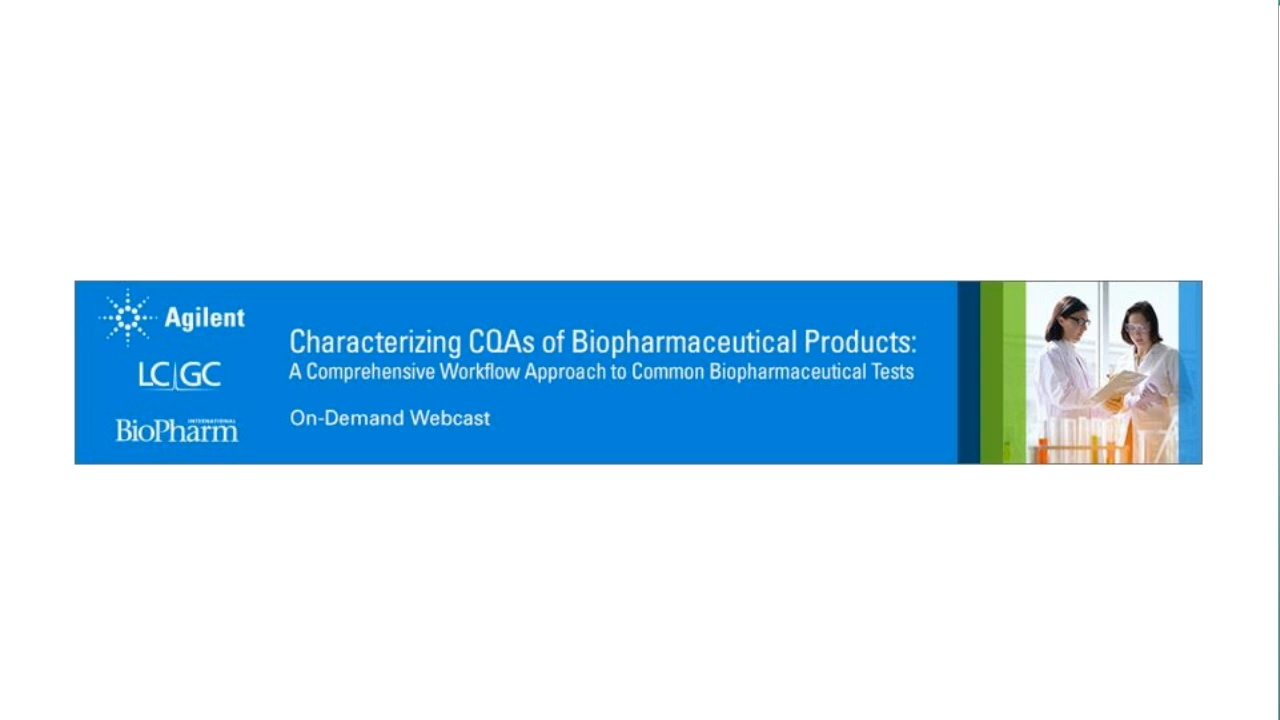Impurities in Wines by GC–MS
By identifying maturation tracers and molecules commonly responsible for taste defects, gas chromatography–mass spectrometry (GC–MS) augments expert opinion with objective and quantitative information. When using a solid phase micro extraction (SPME) method, GC–MS requires very small sample sizes and a minimum of sample preparation while providing rapid analysis of target molecules. GC–MS can provide an automated technique with repeatable results for detecting all of these compounds.
By identifying maturation tracers and molecules commonly responsible for taste defects, gas chromatography–mass spectrometry (GC–MS) augments expert opinion with objective and quantitative information. When using a solid phase micro extraction (SPME) method, GC–MS requires very small sample sizes and a minimum of sample preparation while providing rapid analysis of target molecules. GC–MS can provide an automated technique with repeatable results for detecting all of these compounds.
Extracted wine samples were analyzed by a sequential full-scan/SIM acquisition on a GC–MS system consisting of a Thermo Scientific ISQ Single-Quadrupole GC–MS and a TRACE GC Ultra Gas Chromatograph. The results were compared to the sensitivity limits of human tasters. This method allows wine makers to obtain precise measurements on the organoleptic parameters that determine wine purity on site rather than having to send samples for expensive, external analysis.

Figure 1: 4-Ethylgaiacol from 50 to 100 µg/L: Y = 1.31e2X2 + 8.069e5X â 3.862e6; R2: 0.9967; Origin: Ignore; W: 1/X; Area.
Method Conditions and Sample Preparation
The experimental conditions and sample preparation are described in Application Note 52242, Thermo Fisher Scientific, Inc.
Conclusion
GC–MS detects several contaminants in wine at lower concentrations than the limit of human tasters, and its ease of use with single-step, 2-min sample preparation make it a useful tool for the wine industry. The sequential full-scan/SIM acquisition method for detecting the impurities requires minimal training of personnel to provide accurate results. Also, this general method may be improved or customized to particular wines by incorporating new parameters.

Figure 2: Geosmine 112 from 10 to 50 ng/L: Y = -2.591e0X2 + 2.543e4X + 2.694e5; R2: 0.9995; Origin: Ignore; W: 1/X; Area.
The wine, champagne, and spirit market can be well served by analytical chemistry tools such as GC–MS. By conducting their product analysis on site, wine and other spirit producers avoid their recipes being compromised when outsourcing this analysis. Also, analyzing competitors' products using a GC–MS can help producers quantify what makes one wine superior to another.
Scan to receive complete application note.
Thermo Fisher Scientific, Inc. (formerly Dionex Corp.)
2215 Grand Avenue Parkway, Austin, TX
tel. (800) 532-4752, fax (561) 688-8731
Website: www.thermoscientific.com



















